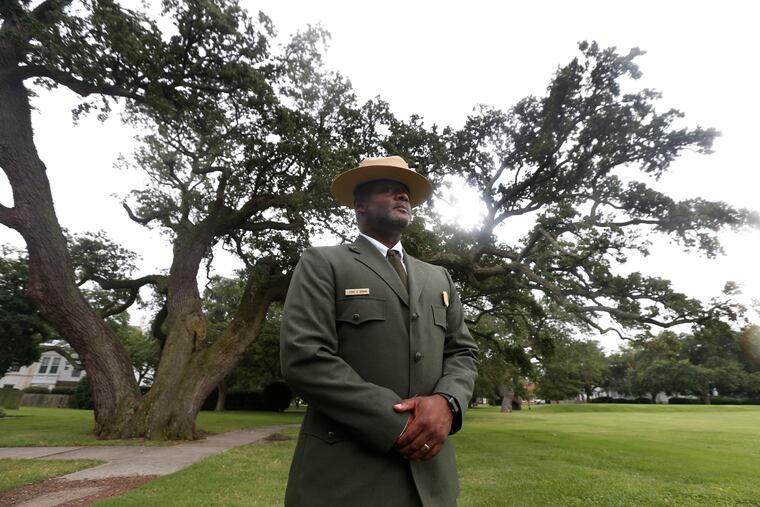Fort Monroe: A place known as the beginning of slavery in the U.S. — and the beginning of its end
People from around the world will gather starting Friday for a three-day program of events commemorating the “African Landing” — when a ship arrived with “20 and odd Negroes” from Angola.
